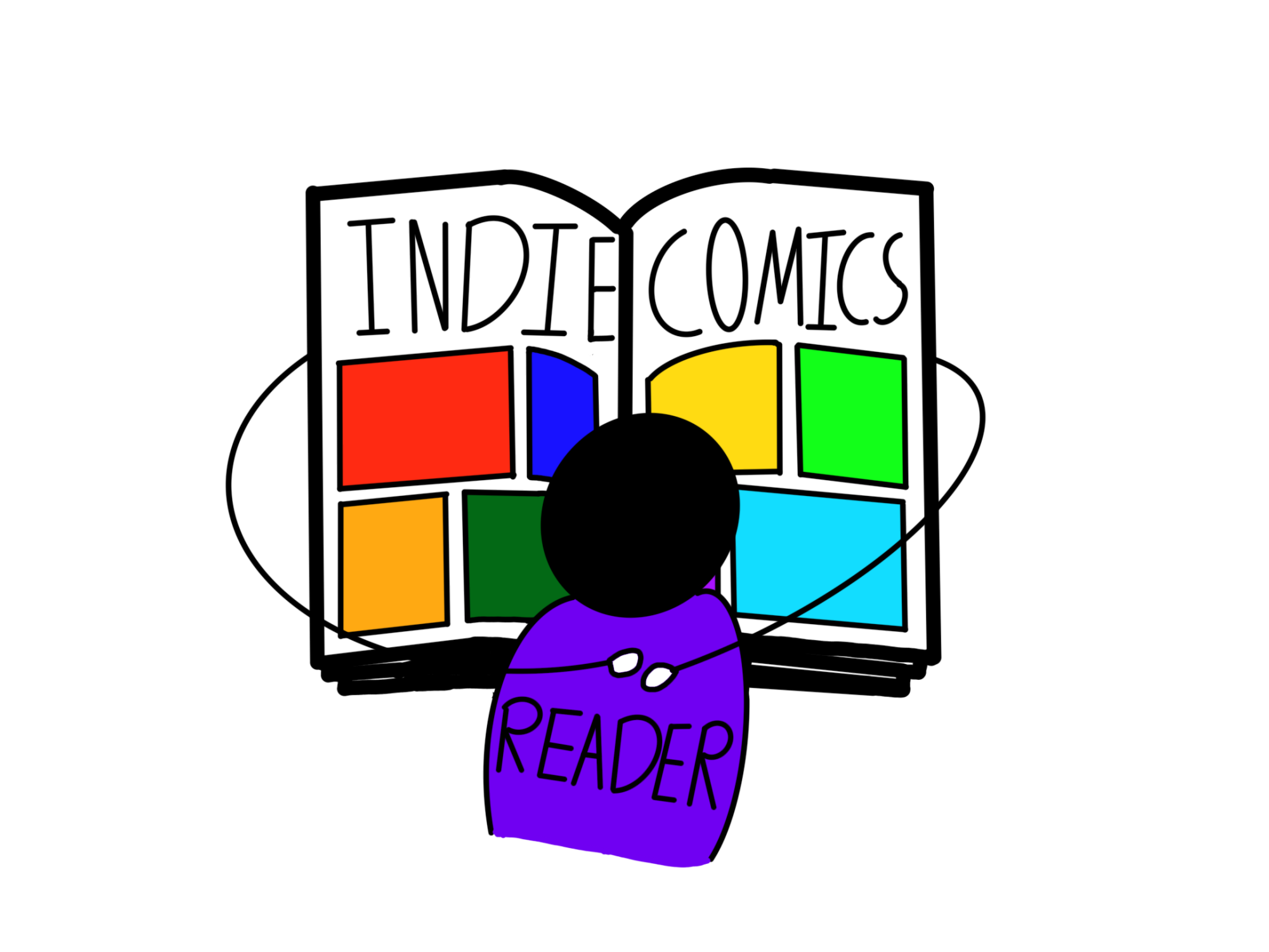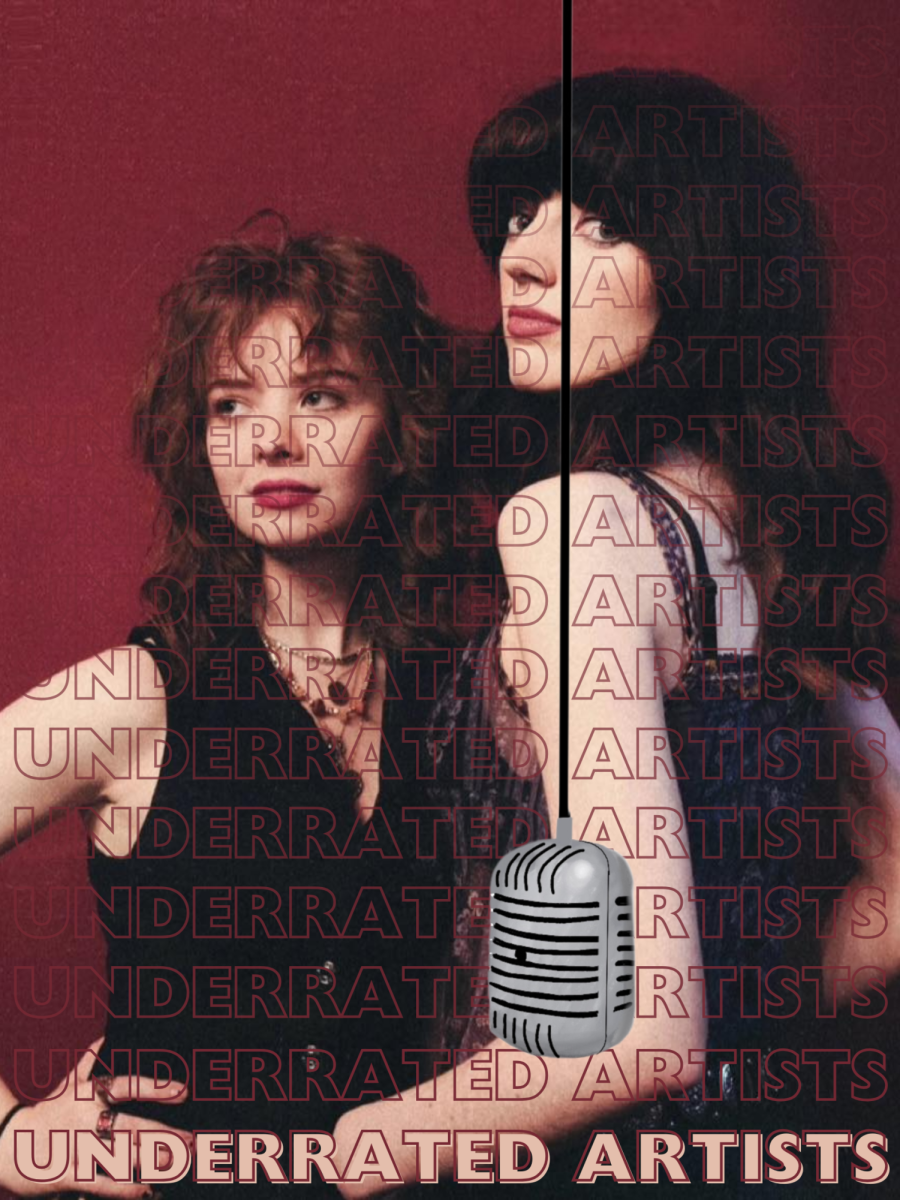When people think about comic books, they often think about superheroes created by large corporations such as Marvel and DC. However, independent comic books provide access to unrecognized topics and more support for creators.

(Illustration by Aashka Nagarkar)
Audiences overlook how comic books can expand beyond characters such as Batman and Iron Man, instead catering to a variety of niches major companies choose not to consider.
Major comic book corporations do not have as many genres as independent comics have, usually choosing to publish superhero comics, with the occasional outlier in the horror genre. Meanwhile, independent companies provide access to less widely known genres that can appeal to a variety of readers.
For example, “Once Upon a Time at the End of the World,” from BOOM! Studios is a genre-bending blend of dystopian and romance that skillfully tells the decades-long tale of two people in a post-apocalyptic world.
Obscure genres like these can only prosper within independent comic book companies, since major corporations now mainly stick to only a couple of popular genres like superheroes, according to Triton College.
While superhero comics are assured to sell with the majority of people who read comic books, comics like “Once Upon a Time at the End of the World” can appeal to people who are tired of reading about superheroes trying to stop the evil schemes of their nemeses.
Additionally, independent comics are often creator-run, allowing them to prioritize storytelling over what would make them the most money.
Unlike independent companies, large corporations like Marvel and DC claim copyright over any original stories or characters writers create. This means that creators often have little say in what happens to their work after they stop writing for major corporations. This can lead to storylines that feel unnecessary and untrue to the original work, which is a disappointment to fans.
Independent comic book companies allow creators to control what happens to the characters they create, so storytelling blocks are less common.
For example, the animated series “Invincible” used the creator of the comic book as a producer on the show. Doing this allowed the TV show to become a well-received adaptation that even improved upon the original work.
Independent comics can also portray societal issues in ways large comic book companies do not. For example, “Public Domain,” from Image Comics, criticizes the way major comic book companies make money off the backs of creators, according to Image Comics.
Social issues in comics from Marvel and DC are limited to what the publishers deem to be less controversial, while independent comic book companies allow comic books to easily take on the political views of their creators.
For example, “Saga” from Image Comics has faced numerous controversies, including bans, for its depictions of LGBTQ+ relationships, according to The Guardian. Despite this, the creators were still able to publish their work as true to what they stood for.
Unlike major comic book corporations, independent comics prioritize creating good stories over making money. In order to support creators and not corporations, independent comic books must be appreciated on the same scale as ones from Marvel and DC.












